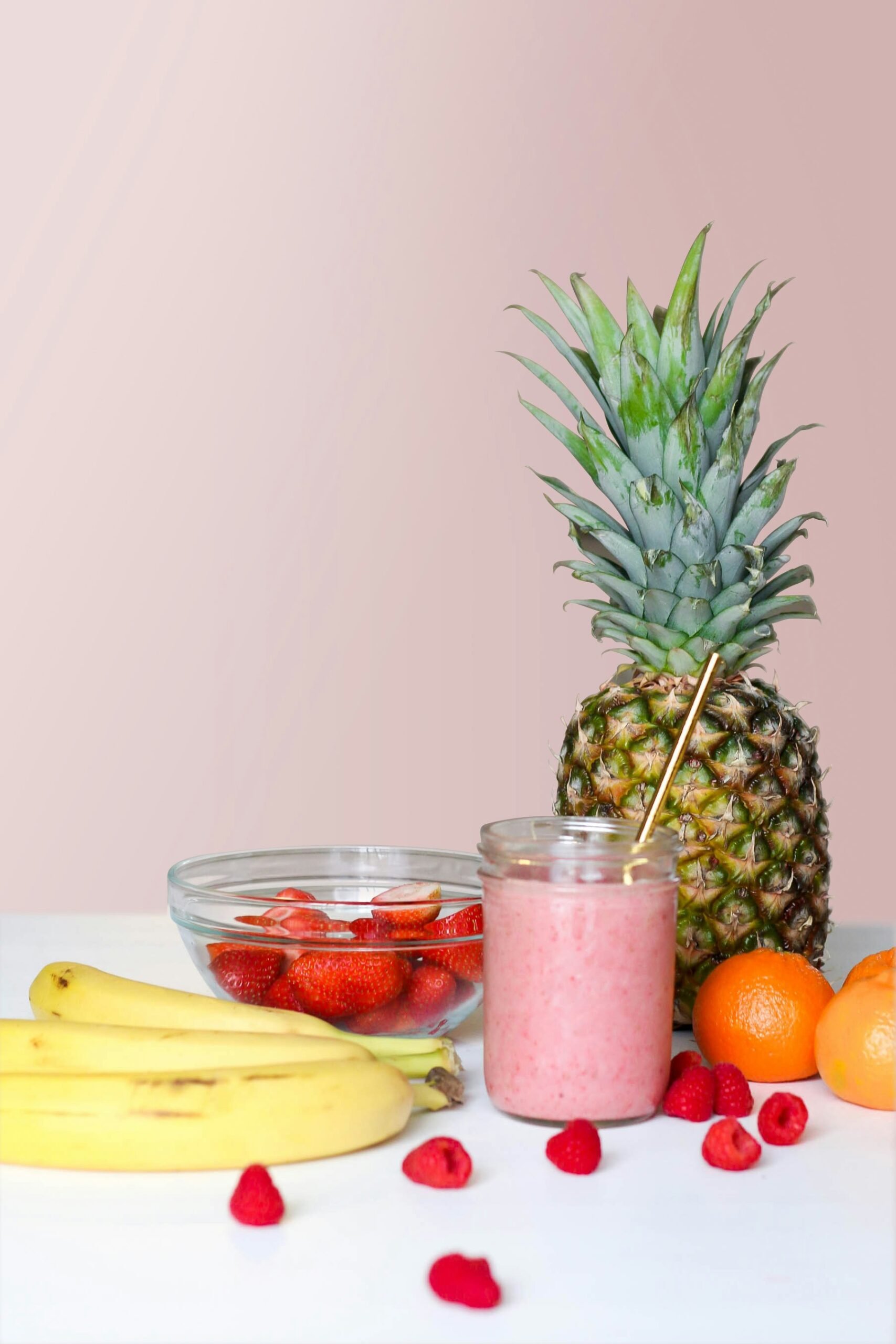the tea
Why Food Is Not Good or Bad
Why Food Is Not Good or Bad—It’s Just Energy
Debunking Food Myths: Why Balance, Not Restriction, is Key to Weight Loss\
It’s common to hear foods being categorized as “good” or “bad.” We’ve all been there—standing in the grocery aisle, debating whether to pick up the organic kale or succumb to the temptation of a chocolate bar. But here’s the truth: food doesn’t have a moral value. It’s not a matter of good versus evil. At its core, food is energy—fuel that your body needs to thrive, just as a car needs fuel to run. It’s important to view food as neutral. When we categorize food as “good” or “bad,” we give it an unhelpful power and advantage over us. When food is neutral, and there is no judgment, we can make empowered choices without fear.
Some foods are packed with vitamins, minerals, and other nutrients that support your body’s functions, while others are simply about enjoying the flavors you love. But every food, whether it’s a leafy green or a scoop of ice cream, has one thing in common: it contains calories, and it’s how you manage those calories that ultimately determines your ability to lose weight and sustain it.
Understanding the Role of Calories in Weight Management
Let’s get into the nitty-gritty of weight management. When you strip away all the diet trends and wellness fads, weight loss boils down to a simple equation: calories in versus calories out. If you consume more calories than your body needs to function, you gain weight. If you consume less, you lose weight. It’s that straightforward.
Think of your daily calorie intake like a budget. To lose weight, you need to spend fewer calories than your body burns throughout the day. But just like with money, how you choose to “spend” those calories is up to you. You could opt for nutrient-dense foods like almonds, which are often praised for their health benefits, or you could indulge in something like a Big Mac meal. Surprisingly, both options can fit into a weight loss plan as long as they fit within your calorie budget.
Let’s take a closer look at these two foods: the Big Mac meal and a serving of almonds. The Big Mac meal is often villainized and seen as a poor choice for anyone trying to shed pounds. The fear is that indulging in fast food will lead to guilt and a sense of failure, which might push you the “f*** it” mode—a mindset where you abandon your healthy habits because you feel like you’ve already messed up.
On the other hand, almonds are often placed on a pedestal. They’re nutrient-dense, packed with healthy fats, protein, and fiber, and they’re frequently recommended as a snack for weight loss. But here’s the catch: almonds are also calorie-dense. A small handful can contain as many calories as a small meal, and because they’re seen as “good” food, it’s easy to overeat them without even realizing it.
So, what does this mean for your diet? It means that both a Big Mac meal and almonds have their place in a balanced eating plan. The key is understanding that it’s not about labeling foods as good or bad—it’s about how these foods fit into your overall calorie budget.
Finding Balance: The Key to Sustainable Weight Loss
The most important lesson when it comes to food and weight loss is balance. Depriving yourself of foods you love in the name of dieting often leads to frustration and burnout. On the other hand, indulging without mindfulness can throw you off track. The key is to find a middle ground where you can enjoy a variety of foods while still working towards your health goals.
When you understand that all foods have a calorific value and that you can include any food you want in your diet, you begin to release the guilt and anxiety that often accompany eating. This balanced approach allows you to enjoy both the nutritional benefits of wholesome foods and the pleasure of your favorite treats.
It’s about making informed choices—knowing that you can enjoy that Big Mac without derailing your progress, as long as you’re mindful of your overall calorie intake. Similarly, you can savor the nutritional benefits of almonds without overdoing it.
Creating a Sustainable Wellness Routine
Achieving and maintaining a healthy weight isn’t just about what you eat—it’s about creating a sustainable wellness routine that works for you. This means finding a way of eating that supports your body’s needs, satisfies your cravings, and fits into your lifestyle. It’s about building a routine that you can stick with long-term, not just for a few weeks or months.
A sustainable wellness routine also means letting go of the idea that you need to follow a rigid set of rules to be healthy. It’s about listening to your body, understanding your unique needs, and making choices that align with your goals.
Ready to Find Your Balance?
If you’re ready to break free from the all-or-nothing mindset and create a balanced approach to health, I’m here to help. I’m passionate about empowering busy women to find wellness routines that they love—routines that don’t involve sacrificing their sanity or happiness.
Whether your goal is to lose weight, improve your relationship with food, or simply find a routine that works for you, I have offerings that can help you get there. Together, we can create a plan that fits your life, your preferences, and your goals—one that allows you to enjoy both the nutritional benefits of healthy foods and the pleasure of your favorite treats.
Let’s work together to find your balance and make wellness a part of your life that feels effortless and enjoyable. Your journey to a healthier, happier you starts with understanding that food is not good or bad—it’s just energy, and how you use that energy is entirely up to you.
